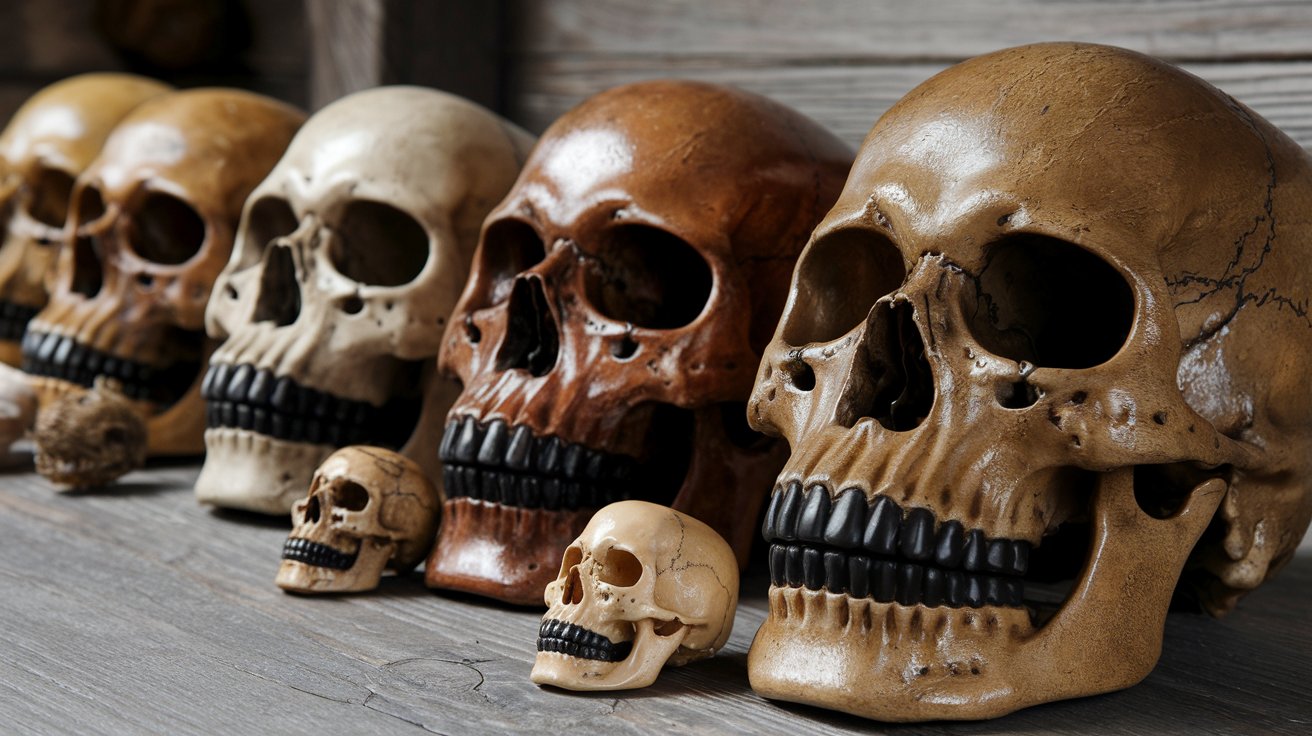
Japanese trophy skulls hold a dark and intriguing place in history. During World War II, American soldiers often collected skulls of Japanese soldiers as war trophies. This practice, though disturbing, was not uncommon and has left a lasting impact on wartime memorabilia. Why did American soldiers collect these skulls? The reasons are complex, ranging from a desire for revenge to the influence of wartime propaganda that dehumanized the enemy. Understanding this practice requires delving into the psychological and cultural factors at play during the war. What happened to these skulls after the war? Many were kept as personal souvenirs, while others ended up in museums or private collections. This article will explore 35 facts about Japanese trophy skulls, shedding light on this grim aspect of wartime history.
Key Takeaways:
- American soldiers collected Japanese trophy skulls during World War II, driven by dehumanization, stress, and superstition. This practice had ethical and legal implications, impacting Japanese-American relations and leading to modern efforts at reconciliation.
- The media played a significant role in shaping public perception of Japanese trophy skulls, with sensational stories and propaganda films contributing to the normalization of the practice. Efforts to educate the public and promote reconciliation continue today.
The Origins of Japanese Trophy Skulls
During World War II, the practice of collecting Japanese trophy skulls emerged among some American soldiers. This gruesome practice has a complex history and raises many ethical questions. Here are some facts to understand this dark chapter better.
- The collection of Japanese trophy skulls began during the Pacific War, particularly after the Battle of Guadalcanal in 1942.
- American soldiers often took these skulls as souvenirs, believing it would boost morale and serve as a reminder of their victories.
- The practice was not officially sanctioned by the U.S. military, but it was not strictly prohibited either.
- Some soldiers sent these skulls back to the United States as gifts for friends and family.
- The skulls were sometimes mounted on plaques or used as decorations in soldiers' camps.
Cultural and Psychological Factors
Understanding why soldiers engaged in this practice requires looking at cultural and psychological factors. Here are some insights into what drove this behavior.
- Dehumanization of the enemy played a significant role, making it easier for soldiers to justify taking body parts as trophies.
- Propaganda often depicted Japanese soldiers as subhuman, which contributed to the dehumanization process.
- The harsh conditions and brutal nature of the Pacific War led to high stress levels, which may have influenced soldiers' actions.
- Collecting trophies was seen as a way to cope with the trauma of combat.
- Some soldiers believed that taking trophies would bring them good luck or protect them from harm.
Ethical and Legal Implications
The practice of collecting Japanese trophy skulls raises numerous ethical and legal questions. Here are some key points to consider.
- The Geneva Conventions, which outline the laws of war, prohibit the mutilation of enemy dead.
- Taking body parts as trophies is considered a war crime under international law.
- The U.S. military eventually issued orders to stop the practice, but enforcement was inconsistent.
- Some soldiers faced court-martial and other disciplinary actions for taking trophies.
- The ethical implications of this practice continue to be debated by historians and ethicists.
Impact on Japanese-American Relations
The collection of Japanese trophy skulls had a lasting impact on relations between Japan and the United States. Here are some ways it affected diplomatic and cultural ties.
- News of the practice caused outrage in Japan, leading to increased animosity toward American soldiers.
- The Japanese government lodged formal protests with the U.S. government, demanding an end to the practice.
- The issue became a point of contention in post-war negotiations and reparations discussions.
- Some Japanese families sought the return of their loved ones' remains, leading to complex repatriation efforts.
- The practice has been a subject of numerous academic studies and documentaries, highlighting its impact on both nations.
Modern Perspectives and Reconciliation
In recent years, efforts have been made to address the legacy of Japanese trophy skulls and promote reconciliation. Here are some modern perspectives on this issue.
- Museums and historical societies have worked to educate the public about the practice and its implications.
- Some American veterans have expressed regret for their actions and sought to make amends.
- Repatriation efforts have returned some skulls to Japan, helping to bring closure to affected families.
- Scholars continue to study the practice to understand its psychological and cultural roots.
- The issue remains a sensitive topic in both Japan and the United States, reflecting the ongoing need for dialogue and understanding.
Lesser-Known Facts
Beyond the well-documented aspects of Japanese trophy skulls, there are some lesser-known facts that shed light on this dark chapter.
- Some soldiers carved intricate designs into the skulls, turning them into macabre works of art.
- A few skulls were used in scientific research, raising ethical questions about the use of human remains.
- The practice was not limited to American soldiers; some Allied troops also took Japanese body parts as trophies.
- The U.S. government conducted investigations into the practice, but many details remain classified.
- Some skulls have been discovered in private collections, leading to legal battles over their ownership.
The Role of Media
Media coverage played a significant role in shaping public perception of Japanese trophy skulls. Here are some ways the media influenced this issue.
- Newspapers and magazines published sensational stories about the practice, often with graphic photos.
- Some media outlets criticized the practice, calling for stricter enforcement of military regulations.
- Propaganda films sometimes glorified the taking of trophies, contributing to the normalization of the practice.
- The issue received renewed attention in the 1990s, leading to increased public awareness and debate.
- Documentaries and books have explored the practice in depth, helping to educate new generations about this dark chapter in history.
Final Thoughts on Japanese Trophy Skulls
Japanese trophy skulls from World War II hold a dark, fascinating place in history. These skulls, taken as war souvenirs by American soldiers, symbolize the brutal reality of warfare and the complex emotions soldiers experienced. They remind us of the human cost of conflict and the lengths people will go to cope with the horrors they face.
Understanding this practice sheds light on the psychological impact of war and the cultural differences between the combatants. It also highlights the importance of preserving history, no matter how uncomfortable, to learn from past mistakes.
By examining these artifacts, we gain insight into the personal experiences of soldiers and the broader implications of war. This knowledge helps us appreciate the sacrifices made and the need for continued efforts toward peace and reconciliation.
Frequently Asked Questions
Was this page helpful?
Our commitment to delivering trustworthy and engaging content is at the heart of what we do. Each fact on our site is contributed by real users like you, bringing a wealth of diverse insights and information. To ensure the highest standards of accuracy and reliability, our dedicated editors meticulously review each submission. This process guarantees that the facts we share are not only fascinating but also credible. Trust in our commitment to quality and authenticity as you explore and learn with us.


